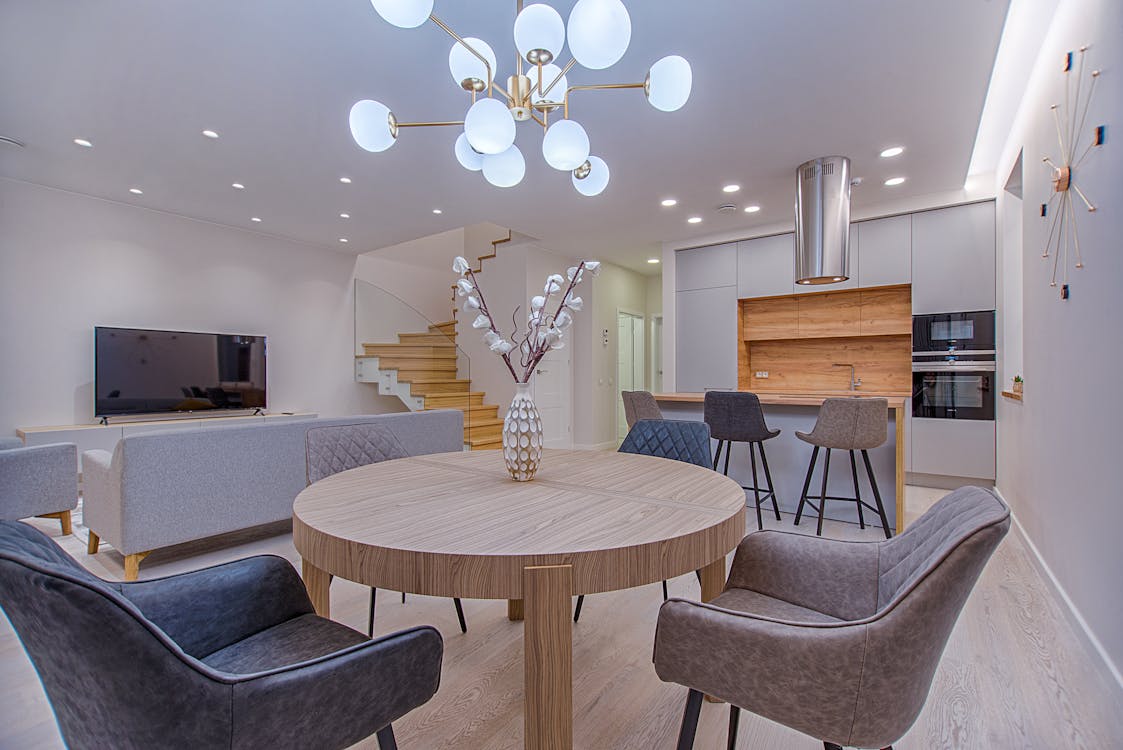
Why Nostalgia Has Found Its Way Back Into Interior Design
There's an expanding change worldwide of interior decoration-- one that leans right into the heat of the past while still recognizing the benefit and simpleness of the here and now. As modern-day rooms continue to evolve, lots of home owners are picking to instill their interiors with classic beauty. This vintage resurgence isn't about copying the past-- it's about reinterpreting it in manner ins which really feel fresh, relaxing, and deeply personal.
People are no more satisfied with cookie-cutter spaces that really feel sterilized or impersonal. Instead, they're looking for spaces that carry personality and history. A timeworn timber cabinet, a velvet accent chair with bent lines, and even a weathered brass light can promptly take a breath soul right into a space. Classic pieces tell stories. They secure a space in authenticity while enabling everything else around them to advance and alter.
Just How Modern Homes Are Blending Old and New
The genuine beauty of the vintage resurgence hinges on its seamless blend with contemporary style. The most inviting homes often strike a balance in between crisp modernity and sentimental heat. Imagine a smooth kitchen with clean cabinets and stainless-steel appliances; currently image that same space based by an antique Persian carpet or crowned with a mid-century necklace light. Unexpectedly, the room really feels more lived-in, a lot more inviting.
In living areas, this marital relationship is especially evident. Deluxe couches with upgraded shapes set easily with retro coffee tables or reclaimed wood sideboards. It's this contrast that makes rooms feel curated instead of styled. Instead of following patterns, this style approach invites people to produce homes that feel accumulated in time.
Bedrooms are one more location where vintage resurgence beams. Upholstered headboards influenced by past decades, floral patterns similar to the seventies, or even distressed upper bodies made use of as night tables all provide a sense of intimacy. And at the heart of a good night's rest lies the mattress, where a trusted option like a Brunswick mattress brings not just support however a layer of timeless comfort to complete the aesthetic.
Shade Palettes That Celebrate the Past
Color plays a big duty in establishing the tone for vintage-inspired insides. Earthy tones such as olive green, terracotta, mustard yellow, and dirty rose are having a major moment. These hues are evocative the seventies but have actually been updated with a soft, desaturated twist that really feels entirely present.
Paired with creamy whites, cozy timbers, and pops of matte black, these colors produce depth and tranquility. They're not just elegant-- they're soothing. Whether on the walls, with fabrics, or in accent design, these tones help bridge the gap between old-fashioned influence and modern sensibility.
Furnishings with a Story to Tell
Vintage revival is typically anchored by furniture that appears like it has a tale. Think rounded lines, cane detailing, tufted upholstery, and tapered legs. These style elements harken back to legendary designs of previous decades, from art deco to mid-century modern to rustic farmhouses.
But this fad doesn't suggest giving up convenience or practicality. Today's pieces frequently mix sentimental silhouettes with upgraded materials and building and construction. A perfect instance of this is how pieces that appear like Ashley furniture in Medina are picking up. Their familiar kinds supply aesthetic comfort while still aligning with contemporary way of lives.
The secret is selecting a couple of standout pieces and constructing the rest of the surrounding area. This method maintains the space from seeming like a time capsule and rather provides it the appeal of a well-liked home.
The Importance of Texture and Layering
Vintage-inspired insides rely greatly on structure to develop visual passion. Rough-hewn wood, nubby materials, smooth natural leather, and matte porcelains come together to create a space that welcomes touch. In contemporary homes that commonly lean minimal, this responsive splendor restores the human component.
Layering is also essential. Toss coverings, rug, woven baskets, and vintage books or documents put deliberately around a space all add to the sensation of heat. It's not concerning clutter-- it's regarding curated coziness. When done right, the room feels lived-in, yet advanced.
Making It Easy: The Role of Furniture Delivery
With vintage rebirth being such a tactile, personal style instructions, lots of people intend to see and feel items in their homes before completely dedicating to them. That's where a reliable furniture delivery service becomes a game-changer. As opposed to trying to make decisions based on electronic images alone, property owners can explore options at their very own pace and delight in the convenience of having top quality pieces brought straight to their door.
This type of service likewise helps make sure that the change between old and brand-new components goes smoothly. It gives more info individuals more liberty to try out range, positioning, and styling, which is important when blending different eras in one cohesive room.
A Return to Meaningful Interiors
The return of vintage-inspired design is more than simply a passing visual fad. It represents a bigger social need for definition, originality, and a slower, a lot more deliberate lifestyle. In a globe that often feels chaotic, designing a home with nods to the past deals a sense of grounding.
Every area becomes a chance to assess your individual trip via treasures, flea market locates, or simply pieces that resemble the appeal of an additional age. You're not simply filling up area; you're telling a story. One that blends memories, comfort, and your unique point of view.
As this revival continues to form the means we provide our homes, it's clear that the blend of vintage and modern is here to remain. Maintain complying with the blog for more ideas on just how to infuse your spaces with personality, background, and design that stand the test of time.
Comments on “Reworking the Past in Modern Design”